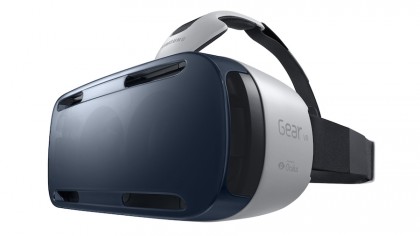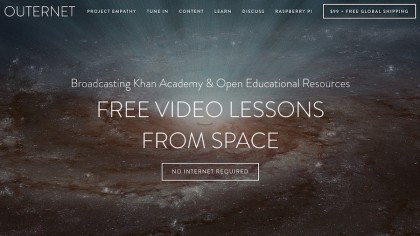MOOC and learn: The university with 35 million students
Micro-targeted online 'MOOC' learning is becoming increasingly relevant
Game-based learning on the rise
Books are fast being replaced by e-readers, but taking a phone or laptop into a classroom is still a big no-no. Not so in the MOOC world, where smart devices play an intrinsic part. For now, it's mostly downloadable videos lectures and multiple choice testing, but learning by app is fast becoming very similar to smartphone gaming.
For instance, language learning app Duolingo has levels, points and extra lives to help foster an addictive environment that is trying to capitalise on the current pandemic in smartphone gaming. It already has 110 million users. Similarly interactive is Memrise, another language learning app platform based on brain science and memory research that uses a series of images, as well as very regular testing and reminders, to help users more easily recall vocabulary and phrases.

Virtual reality in the classroom
Could VR, which is so often talked-up as the future of gaming, social media and more, actually find its niche in online learning? At Penn State University there's a proposal to create an immersive, interactive online experience that is capable of teaching core engineering concepts to an entire class of students.
"Through the use of an Oculus Rift headset retrofitted with a Leap Motion sensor, students will be able to use their hands to rotate, explore and dissect a virtual model the same way a traditional student would explore a physical object or prototype with his or her hands," says Conrad Tucker, assistant professor of engineering design and industrial engineering at Penn State University.
Tucker's stance is this: MOOCs are presently merely a way of passively consuming more content. With VR, they could be interactive experiences available to anyone in the world with the right hardware (and super-fast internet).
5G rollout
The missing link in all of this for mobile learners is, of course, the rollout of 5G mobile signals, which could offer up to 100 times faster web connections from 2020 or so. It will mean more video and high density content for MOOCs, as well as ubiquitous and instant communications between teachers and students – two virtual reality users on 5G will be able to collaborate as if they are in the same physical location.
It's also been suggested that blockchain technology could be used to ensure grade scores and past certificates digitally 'follow' students throughout their careers in a tamper-proof manner, though the initial phase would require a data entry nightmare to retrofit the entire population's past academic achievements.
Are you a pro? Subscribe to our newsletter
Sign up to the TechRadar Pro newsletter to get all the top news, opinion, features and guidance your business needs to succeed!

Low-bandwidth learning
Arguably more important than high-speed education is low-bandwidth learning applications for remote places. Improving access to education in the off-grid world is a problem being addressed by New York-based charity Outernet, which is aiming to become 'humanity's public library' by providing free, unrestricted and uncensored web access for the entire globe.
Available to anyone with its portable, solar-powered Wi-Fi receiver called Lighthouse, Outernet promises free internet from existing telecoms satellites, but is limited to 10 megabytes per person, per day. It's only a one-way link – no uploads are possible – and it's primarily designed to push Wikipedia, eBooks and Teachers Without Borders resources to schools in remote places.
Outernet will most likely be used by philanthropic organisations wanting to help off-grid folk in less developed countries, which adds a new dimension to the wider, altruistic MOOC movement already set on creating global high-quality education beyond physical boundaries.
With MOOCs and new tech concepts, education is suddenly entering a period of massive digital disruption. But then isn't that exactly what the internet was originally designed to do?
- Also check out: The ultimate education for video game lovers
Jamie is a freelance tech, travel and space journalist based in the UK. He’s been writing regularly for Techradar since it was launched in 2008 and also writes regularly for Forbes, The Telegraph, the South China Morning Post, Sky & Telescope and the Sky At Night magazine as well as other Future titles T3, Digital Camera World, All About Space and Space.com. He also edits two of his own websites, TravGear.com and WhenIsTheNextEclipse.com that reflect his obsession with travel gear and solar eclipse travel. He is the author of A Stargazing Program For Beginners (Springer, 2015),
